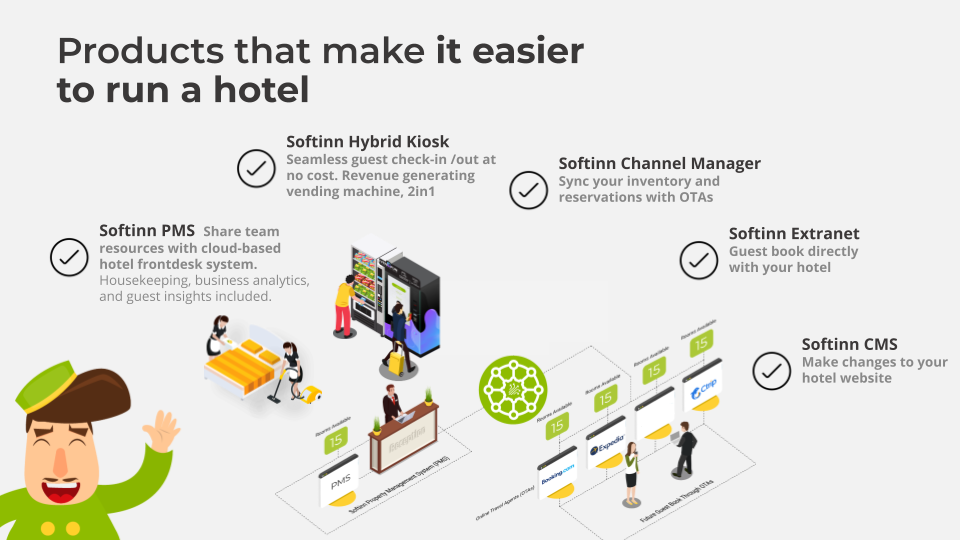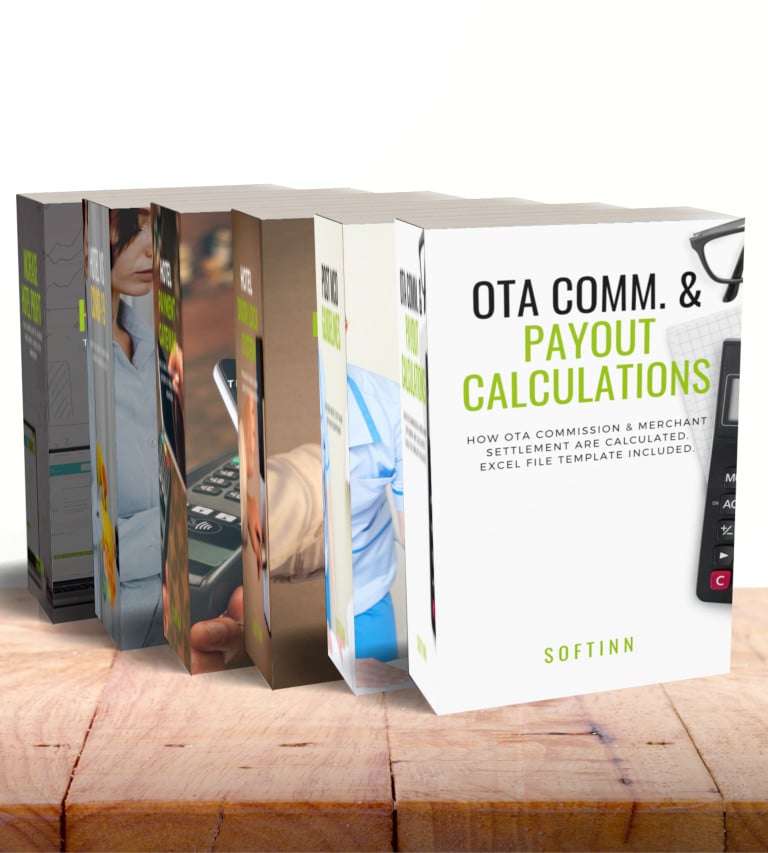Price is a key marketing tool feature to earn profit and meeting customers’ needs. It is the cost of a product or service after thorough research, in-depth understanding, and the risk-taking phase of complex calculation.
Pricing Strategy in The Hotel Industry’s Perspectives
As mentioned in an article, pricing is the tactical lever of hotel profits. There’s no fixed price for hotels. Therefore, pricing strategies in the hotel industry are undoubtedly crucial to get the best deal for goods and services offered to maximize revenue. What’s important is how hoteliers get the right price and what pricing strategy is applied.
Competitive-based Pricing Strategy
Here, we’ll be discussing the competitive-based pricing strategy. You may read about other hotel pricing strategies here.
In this strategy, you may either apply:
- Discount pricing strategy (pricing below the competition); or
- Premium pricing strategy (pricing above the competition).
Studies found that most hotels tend to adopt price discounting tactics because of the perishable nature of hotel rooms although the occupancy yield was at the cost of lower revenue. Hotels operating with high fixed costs and low variable costs have found it impossible to accommodate the supply and demand of rooms in their daily operations.
Notwithstanding this, hotels earn more as they retain relatively higher prices without discounting. Though paying a high rate can lose occupancy to an exact extent, the amount of occupancy loss is not as large as income benefit. In short, the premium pricing strategy is more profitable than the discount pricing strategy.
Backed by previous studies, it was discovered that:
- A discount pricing strategy enables hotels to achieve relatively higher levels of occupancy but does not enable hotels to reach relatively higher RevPAR.
- While adopting a premium pricing strategy would cause hotels to lose some of their relative occupancies, their relative RevPARs would inevitably be improved.
Discounting only works if the discount rate is correlated serially by increased demand elasticity together with reduced variable costs. You could read here on how to make discounting room rates more beneficial for hotels.
There’s a limit when applying the premium pricing strategy. RevPAR, as an indicator for hotel revenue, will become stagnate due to changing customers’ behaviour as they tend to look for other market options. The RevPAR performance of a hotel is positively related to relative price positioning but negative to relative price fluctuation. This proposes that adopting a premium pricing strategy and maintaining a stable relative pricing position will contribute to a relatively higher RevPAR.
Only when you realize at what rates your competitors offer their rooms will you be capable of coming up with a competitor-based pricing strategy. When performed and managed appropriately, this will help you figure what customers are paying and how much they are willing to pay.
Point to acknowledge:
The adoption of any hotel pricing strategy appears easier and far more efficient with a Cloud Hotel Property Management System. It’s because a Cloud PMS provides you with all the information-based intelligence your pricing decisions need to grasp and strategize.










